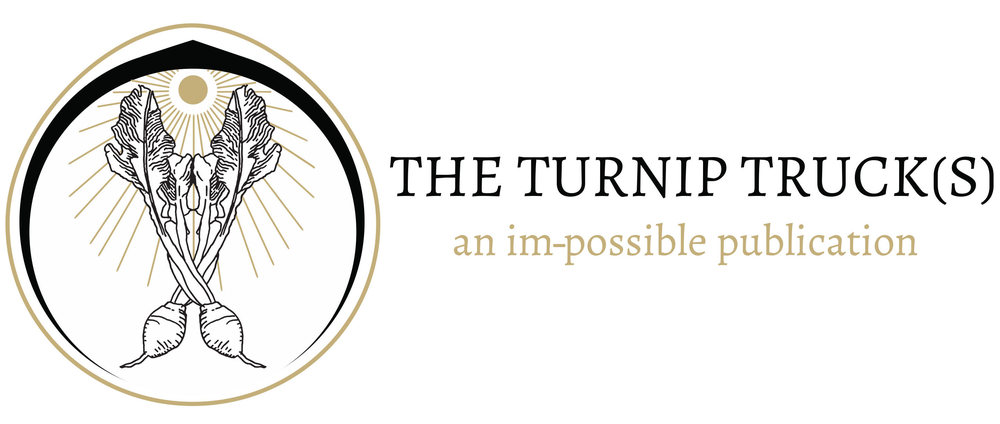William Blake, "The Whirlwind: Ezekiel's Vision of the Cherubim and Eyed Wheels" (Illustration to the Old Testament, Ezekiel 14-28), c. 1803-05.
Sung in classrooms and at Halloween parties across the country, “The Skeleton Song” teaches children basic anatomy to a catchy tune, making it easy to remember “the thigh bone is connected to the hip bone.” However, “The Skeleton Song,” also known as “The Skeleton Dance,” is a secularized version of writer and Civil Rights activist James Weldon Johnson’s “Dem Bones.” Based on Ezekiel 37:1-14, “Dem Bones” is Ezekiel’s prophetic vision that those in The Valley of Dry Bones will one day be resurrected at God’s command. Ezekiel, we should remember, was the surrealist prophet of the exiled Jews in Babylonia. His book is full of fantastic visions that inspired many, including William Blake (and likely Terence McKenna). His description of the throne chariot that he saw in the sky is an anatomical wonderland: “The four wheels had rims and they had spokes; and their rims were full of eyes round about. And when the living creatures went, the wheels went beside them; and when the living creatures rose from the earth, the wheels rose.”
If only Ezekiel’s wheels were as anatomically straightforward as the bones, we’d have fewer conspiracy theories about aliens.

